Indian Literature
Aug 28, 2019 • 371 views
Definition of literature:
"Literature refers to written works, especially those considered of superior or lasting merit.They are writings on any particular subject." (Source: Google)
But is that all to what literature is?
Literature, over the years, has become a tradition of defining traditions. That may include cultural, social, religious practices and ideologies.
What comes to your mind when you think of the term 'literature'?
In this article, we are concerned with Indian literature. You'll realise that something as specific as a literature of a country has much more to tell you than what you probably thought when I mentioned the word literature!
Following points will broadly illustrate what Indian literature looks like in a worldview.
Revolutionists-
Writers and influencers
India has been and rather is a country with a whole lot of literature. From writers of the 1800's and 1900's, such as Rabindranath tagore and Kaifi Azmi to modern writers like Khushwant Singh, Arundhati Roy, Amitav Ghosh and Shashi Tharoor...Well, I must say India has sure seen it all!
Let's delve deeper into the past, what's called 'maazi'...(Urdu: ماضی)
Kalidasa
He was one and most acclaimed Sanskrit writer and dramatist, who seemed to have belonged to Ujjain and Kalinga. Kalidasa was born in 1926, Kashmir, India.
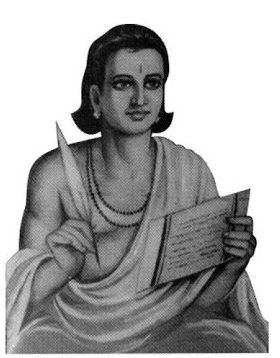
Kalidasa- Source: lifeandlegends.com
Back in his time , Kalidasa seemed to be made fun of, for axing off the tree branch which he himself was sitting on! But mind you, the same Kalidasa has given India it's most valued literatures.
Scholars like M. Srinivasachariar and T. S. Narayana Sastri, have certainly proposed the 'theory of multiple kalidasa's '.
Kalidasa's works include:
dramas like,
Abhigyana shakuntalam
Vimramovarshi
Malavikagnimitra
Epic poems like,
Raghuvansham
Kumarasambhava
The epic lyric Meghduta.
Since his time, many have tried and failed to reach the heights that he so effortlessly scaled on a regular basis. This is summed up by another great representative of Indian culture and one of the founding pillars of the great Vijayanagar empire, Sāyaṇācārya (younger brother of sage Vidyāraṇya) –
पदवीं कालिदासस्य
ललितां मृदुलैः पदैः ।
न शक्नुवन्त्यहो गन्तुं
पश्यन्तोऽपि कवीश्वराः ॥
“The path of Kālidāsa, littered with melodiously lucid words, is there for all to see. But Alas! Even as they are seeing it so clearly, none among the poets have been able to walk on the same path.”
Sri Aurobindo
Born on 15 August 1872 in Bengal Presidency, Kolkata -- Aurobindo was a remarkable Indian philosopher.
He actively contributed in the Indian Movement during the British rule. Later in his life, he moved to Pondicherry leaving politics to continue his spiritual works. He and his family have invested a lot of time in academics and education.
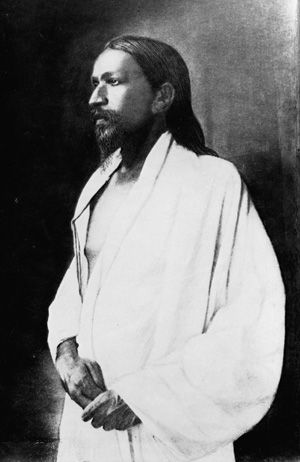
Sri Aurobindo-Source: kheper.net
Former Indian Prime Minister Jawaharlal Nehru and former Indian President Rajendra Prasad appreciated Aurobindo for his 'yogic philosophy'
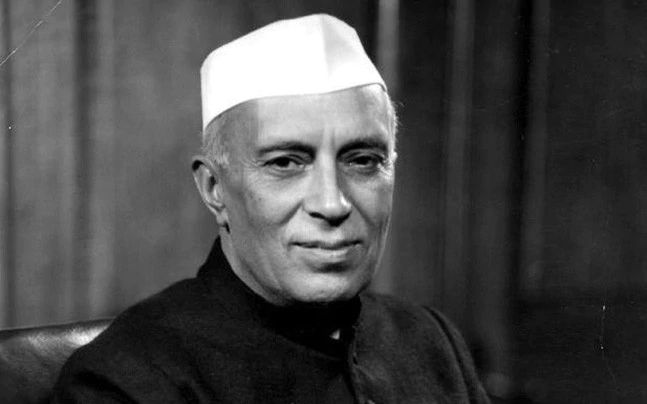
Jawaharlal Nehru-Source: indiatoday.in
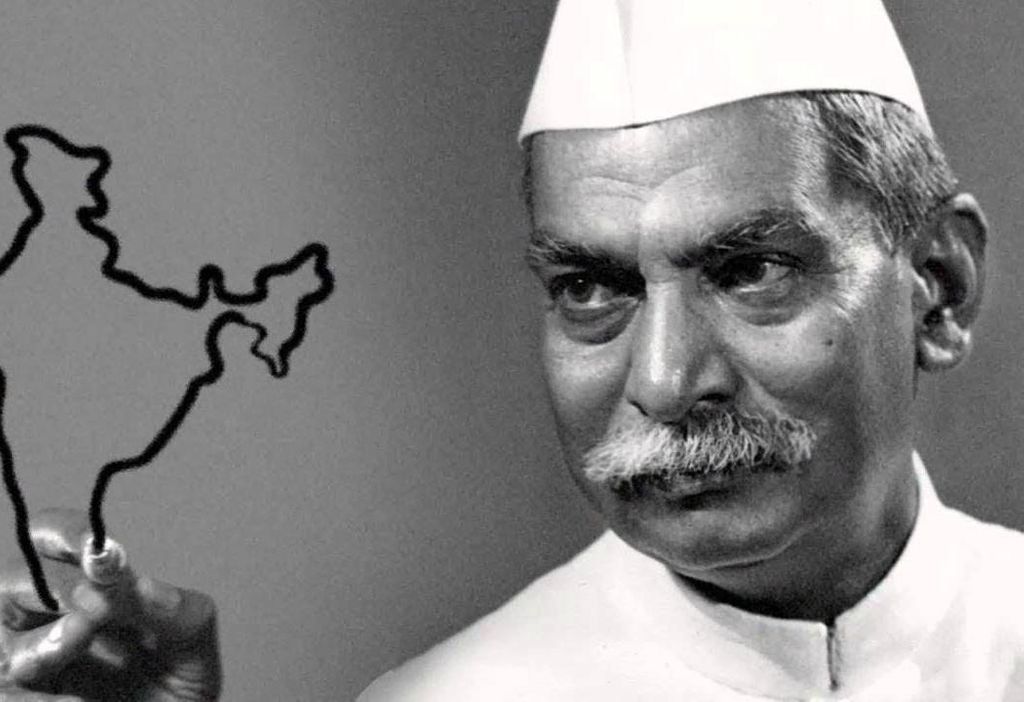
Rajendra Prasad-Source: lokmatnews.in
He has also collaborated with a french national, The mother -Mirra Alfassa
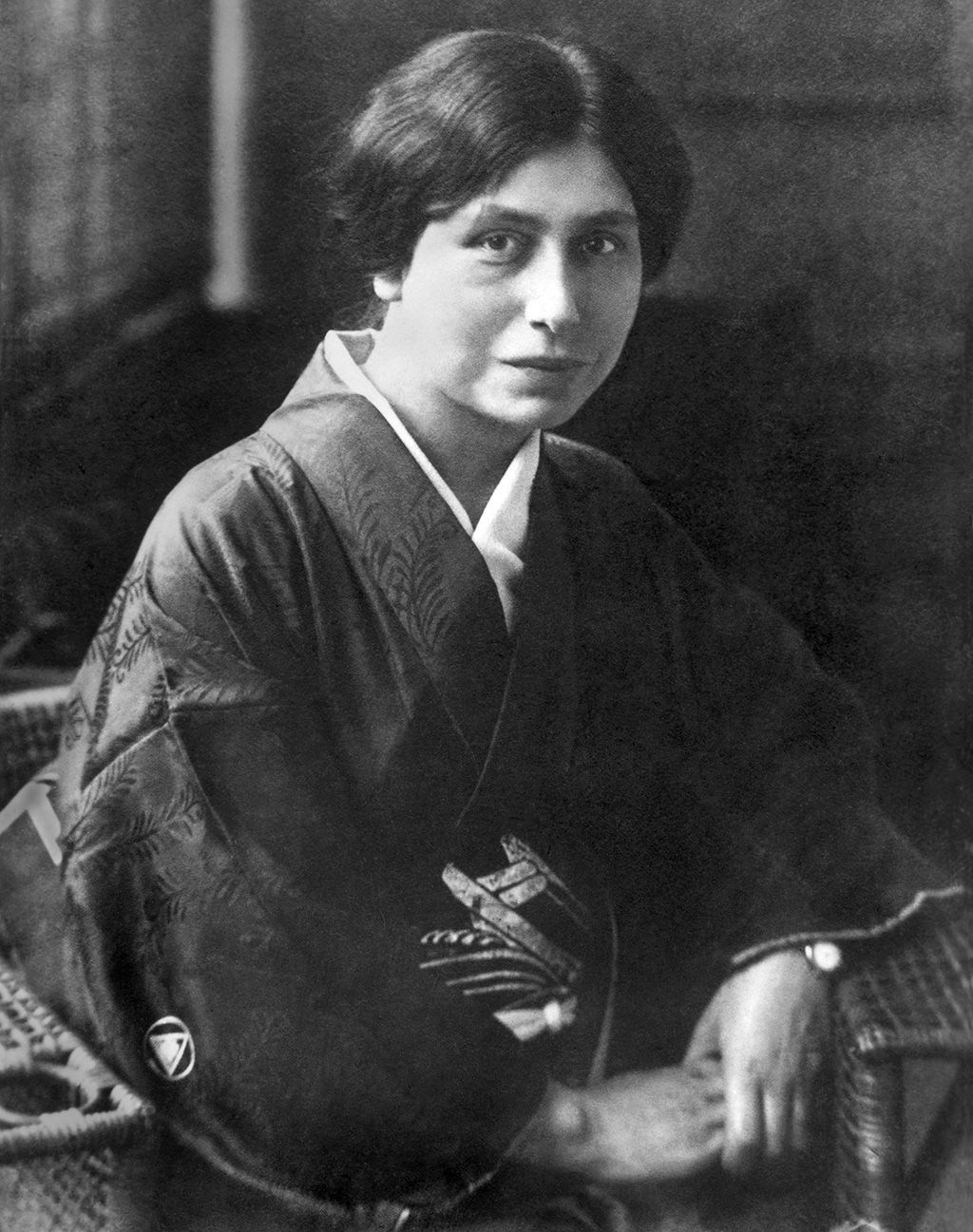
Mirra Alfassa- Source: cnbctv18.com
Aurobindo's popular works include:
The life divine
Hymns to the mystic fire
Essays on the Gita
The synthesis of yoga
Savitri – A Legend and a Symbol
Kabir Das
Taking a huge leap back into the ancient Indian literature, we find an Indian Poet, born in 1440, Varanasi, India-- who has imparted a chunk of 'Saint Wisdom' to saints of course, but to a common man as well!
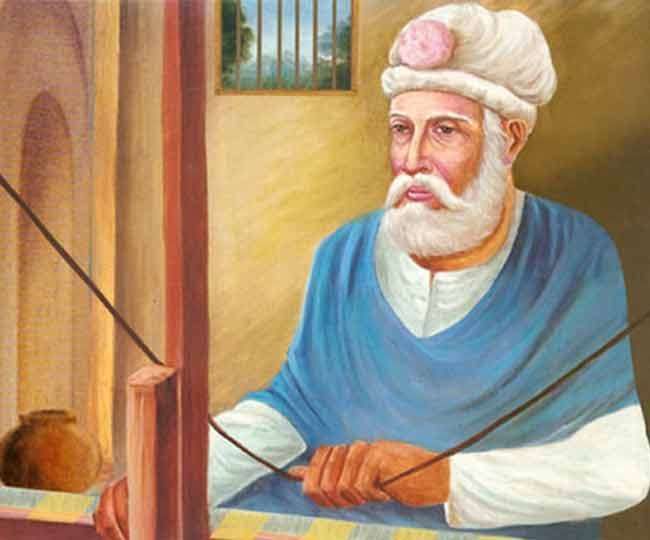
Kabir Das- Source: jagran.com
Many compilations of his works include:
Songs of Kabir
Bijak
The Kabir book
Couplets from Kabir
The Maxima of Kabir
A year with Kabir
The thirsty fish- poems of Kabir
Tulsidas
Hindu Vaishnava saint and poet, Goswami Tulsidas, was born in 1511, Rajapur, India. He died at the famous Assi Ghat, Varanasi. His teacher (or Guru) was Narharidasa.
Tulsidas is indeed an important personality in the literatures of India
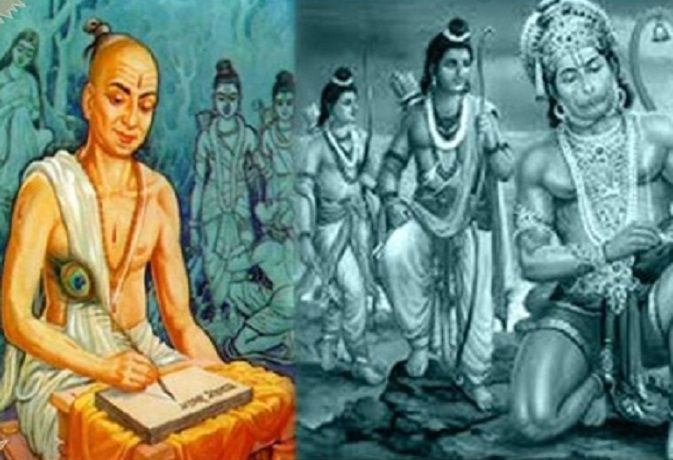
Tulsidas- Source: inextlive.com
His works include the very famous Ram Charit Manas.
A quote from the same is as given below:
"Dhiraj Dharam, Mitra aru Naari, Aapad Kaal Parakhiye chaari."
Meaning-
The real examination of patience, piety, friend and woman is at the time of adversity.
Other notable works of tulsidas include
Vinaya patrika
Geetawali
Dohawali
Hanuman chalisa
Sahitya ratna
Parvati mangal
There's a whole temple dedicated to the Ram charit Manas in Varanasi called the - Manas Mandir
5. Rabindranath tagore
Born on 7 may 1861 in Kolkata, India, he was one of the pioneered and contemporary artists, musicians and poets that India has seen, from a time much before Independence and Indo-pak partition.
He has written the National anthem of India and actively participated in many reforms and movements.
To understand his writings one should start with the oldest of his articles, poetry and compositions.
The popular literary works of tagore are:
The Post Office
Kabuliwala
Nastaneer- The broken nest
Chaturanga
The arbour
My reminiscences
Letters from Russia
Malini
Sacrifice
The king and the queen
There are certain works that I would recommend to a reader who wants to get a deeper insight into India's literature
An Era of Darkness- Shashi Tharoor
Discovery of India-- Jawaharlal Nehru
Train to Pakistan- Khushwant Singh
Delhi- Khushwant Singh
Devil's Advocate: The Untold Story- Karan Thapar
My experiments with truth- Autobiography of Mahatma Gandhi
So far, we discussed about literatures of India that influenced not only the Indian people but also the views of the citizens across the globe.
Now, we'll look into the state literatures across India's expanse.
Here we are only looking into the four most popular state literatures:
I Telugu Literature
Also known as Telugu Sahityam, it is mainly religious in its subject matter. The Telugu literature is mostly inspired and drawn from Ramayana, Mahabharata bhagavata and the puranas.
In the 10th Century, that is the Prabandha Ratnavali, it has discussed about the origin and development of Jain Telugu Literature.
The first Telugu translation of Mahabharata came into existence in the 11th century.
II Marathi Literature
Built upon the Indo-aryan language with devanagari script, Marathi Literature originates from Maharashtra.
Long before Independence, the Marathi literature can be classified into five periods:-
Ancient period
Yadava period
Deccan sultanates period
Maratha period
British period
Back in 1958, roughly a decade after partition, something called the Dalit Literature was used in a conference in Mumbai held by the Maharashtra Dalit Literature Society.
III Rajasthani Literature
This literature can also be classified as
Early period (1100-1450)
Medieval period (1450-1850)
Modern period (1850-1950)
The 11th century witnessed the development of Maru-Gurjari language.
Another classification divides Rajasthani literature into Rajasthani Jaina, Charan, Saint and folk literatures respectively.
"The heroic sentiment which is the essence of every song and couplet of a Rajasthani is peculiar emotion of its own of which, however, the whole country may be proud" - Tagore.
IV Bengali Literature
This literature's timeline can be divided into Medieval and Modern periods. It includes the Charyapada - the buddist songs of the 10th and 11th century.
Some modern Bengali poets are-
Rabindranath tagore
Bankim Chandra Chatterjee,
Sunil Gangopadhyay,
Kazi Nazrul Islam,
Jibananda Das,
Sukanta Bhattacharya,
Annada Shankar Ray and the list goes on!
Evolution of Literature and Modern Indian literature
Panchtantra
The ancient Indian collection of animal fables written by Vishnu Sharma comprises of Sanskrit verse and prose put together.
Some popular fables include:
Mitra-bheda
Kakolookiyam
Labdhapranasam
Apariksitakaram
Mitra-samprapti
Jataka Tales
It is a narrative of previous births of Gautam Buddha both in human and animal forms.
Some stories in this literary series include:
The Banyan Deer
The Cock and the Cat (Kukkuṭa Jātaka)
The Crab and the Crane
The Elephant Girly-Face
The Foolish, Timid Rabbit (Daddabha Jātaka)
Four Harmonious Animals
The Great Ape
How the Turtle Saved His Own Life
The Jackal the Crow (Jambu-Khādaka Jātaka)
The Jackal and the Otters
The King's White Elephant
Malgudi Days was an Indian Television Series, originally written by R K Narayan. If you want to understand Indian literature, there's no better way to understand it than observing the socio-cultural practices of India. This show addresses some such practices.
Reformers and Change-Makers
(Practical Literature)
Following are some reformers and their contributions to India as well as some negative change-makers and enemies of the country who furthered the country's decline before Independence!
Ram Mohan Roy-
Pioneer of Indian Renaissance, among is efforts is the abolition of brutal Sati Pratha
Bal Gangadhar Tilak-
Also called 'The father of Indian unrest' by a British colonial, he was a freedom fighter, nationalist and Indian political leaders of Indian Independence.
Nadir Shah-
Persian leader who sacked Delhi and looted its treasures
Robert Clive-
Seized Tamil Nadu while the British and French fought for South India
Tipu-Sultan-
Hyder Ali's son who defeated British Forces in 1781 around a decade after First Anglo-mysore War (1767).
William Howitt-
Preacher who attackedBritish rule in India in 1839.
Swami Vivekananda-
Represented Hinduism at Chicago Parliament
General Dyer-
Lead Jallianwala bagh Massacre in 1919
Mahatma Gandhi-
Non-cooperation, Non-Violence, Khilafat movements, Dandi March
Sacred books and Vedas
(Poetic forms of Literature)
The Indian mythology is the heart of Indian literature since time immemorial!
Most acclaimed and pioneering ones are as follows:
Vedas
Rig Veda- Book of Mantra
Sama Veda- Book of Chant
Yajur Veda- Book of Ritual
Atharva Veda - Book of Spell
Sacred books-
Mahabharata:
Valmiki Ramayana
Arthashastra
Yoga sutras of patanjali
Bhagavad Gita
Sundara Kaand
Upanishads
Religion
Well, the little list of events mentioned above were just a speck of practically what India has gone through and grown out of!
But much beyond that growth, there was another battle being fought constantly nearly since the late eighteenth century and early nineteenth century and is still being fought. You might have already guessed what we're getting at!
It's the Religion-- the Hindu-Muslim disputes, the Sikh riots and much more.
There may be variousacts and laws passed officially, but barely has the country seen a static settlement of this discussion!
Vidisha Pandey
